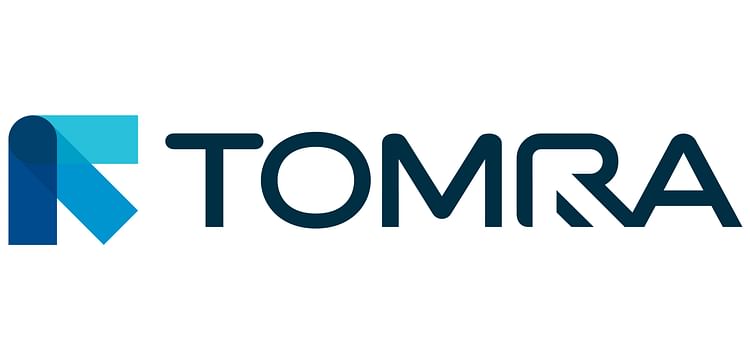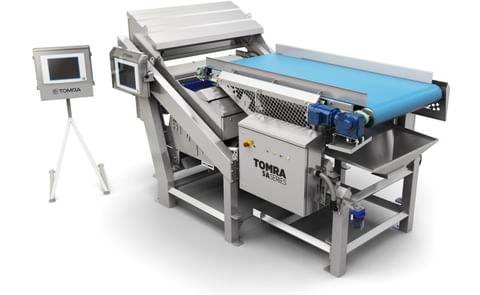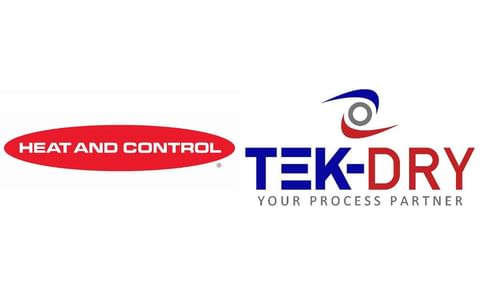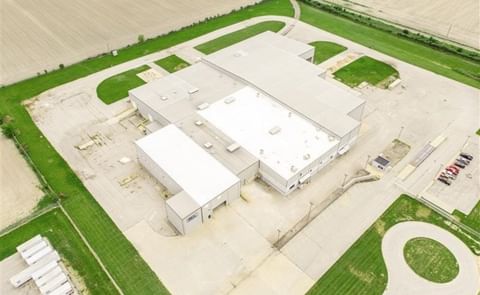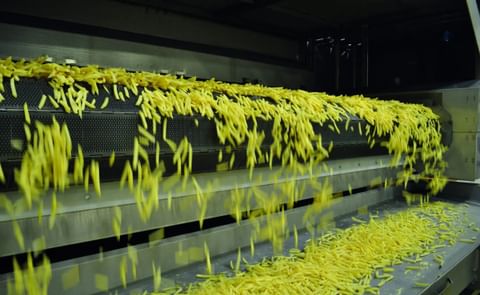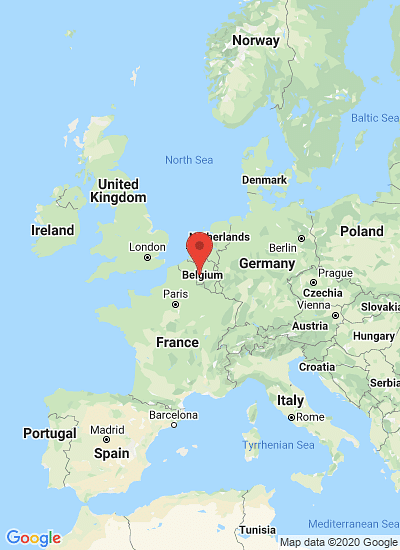Extracting the highest possible value from your product.
Reaping what you sow: Overcoming Challenges to Harvest

One of the three most cultivated and eaten food products in the world, the demand for potatoes continues to increase despite heightened uncertainty within the sector.
Last year, European potato production was hit by the worst drought in more than 40 years – arid weather conditions and lack of rain combined to see farmers experience a 10 to 15 per cent drop in crop yields.
A consumer trend report published by AHDB describes the 2018/19 growing season as being punctuated by tight supplies and persistent quality issues.
From delayed planting due to the ‘Beast from the East’, to prolonged hot and dry conditions during the summer, fieldwork and tuber growth were up against variable climate patterns that highlight the latest challenge facing growers: variability.
In the face of variables that threaten production, how does the producer safeguard the quality of their product to ensure they come out on top?
In light of radically shifting climate patterns, making the most of each crop that arrives for processing has become vital; particularly if that crop is already diminished in some way by weather which can cause defects such as cracking or bruising.
Currently, a significant percentage of new season crop is being discarded as it goes through the pack house due to bruising related problems.
While it is difficult to predict the impact changing weather patterns will have on the size and yield of potato crops in the future, the fact remains that extracting as much value as possible will be of growing importance.
Uncertainty has accelerated the need for growers to look towards technology as a means of maximizing the return and quality of their yield and product.
Still, the question remains: How do we leverage technology to safeguard the quality of our product?
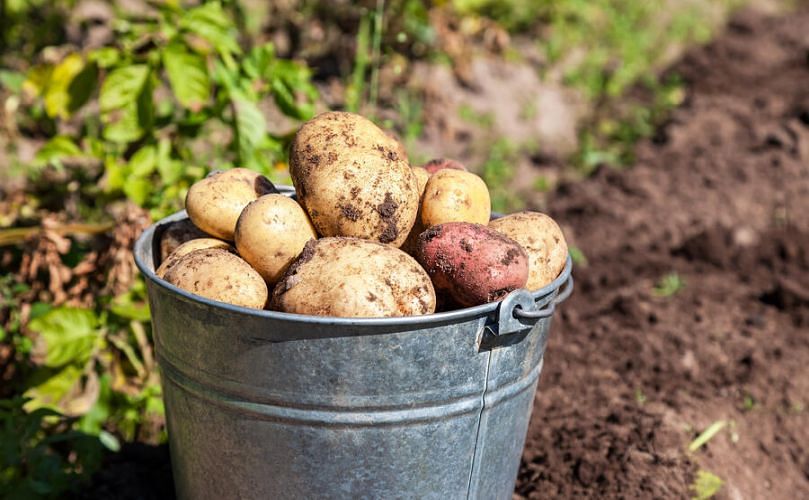
Reworking the product stream to maximize yield
The sorter’s first reject exit allows for foreign objects and unusable product to be removed from the food processing line while the second exit enables the removal of defective produce which may be reworked.
Once removed, it can be redressed and then reintroduced on the normal processing line. Recuperating good product in the rework stream enables processors to maximise their yield thus increasing commercial gain.

TOMRA Foods Sorting customer testimony: See how the TOMRA 5A has equipped the Jersey Royal Company with the technology needed to increase capacity and boost efficiency in the face of industry challenges.
As an industry leader with a growing portfolio of customers spanning retail, wholesale and export markets, the installation of Compac Spectrim has equipped them with the necessary tools, resources and technology to respond to industry challenges and grow their business into the future.
In addition to increasing yield, improving quality and reducing labour, Compac Spectrim also opens up new possibilities when it comes to grading waste such as providing input for medical uses.
In this way, innovative technology will be key when it comes to maximizing value.
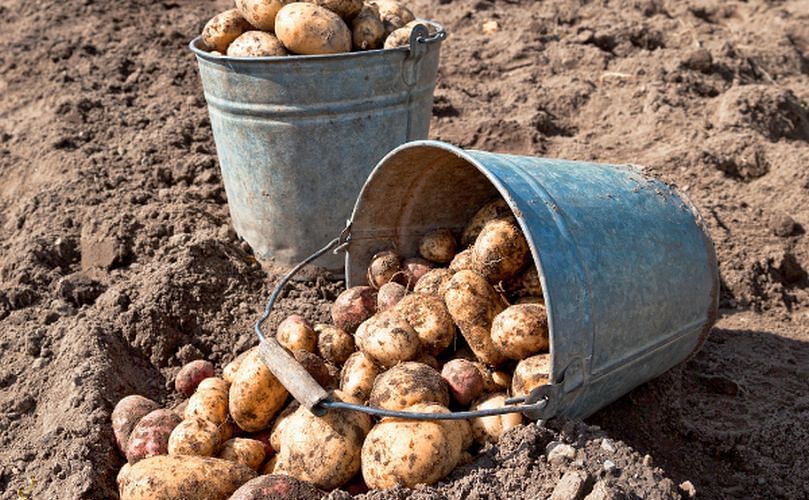
Increasing value by sorting to specification
Furthermore, a focus on performance patterns through data provides insights into specific trends that allow processors to optimize from a central control point.
This information can also be used to provide detailed defect and yield information to assist with future farm planning and agronomy.
Now more than ever, unpredictable influences on harvest quality highlight the importance of investing in new products, technologies and operations that can help to maximize return; both in terms of yield and profit.
With the industry currently on a knife edge, optimization through technological upgrades means safeguarding your crop and future-proofing your business; something that makes perfect business sense in today’s shifting climate.

